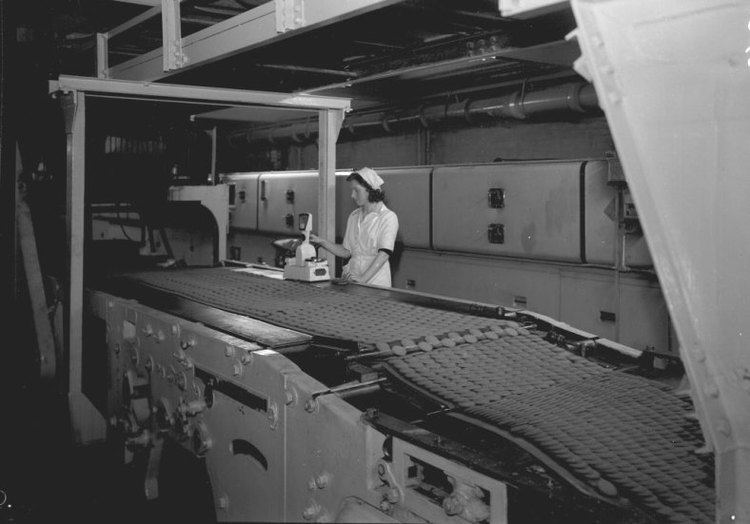 | ||
A transfer line is a manufacturing system which consists of a predetermined sequence of machines connected by an automated material handling system and designed for working on a very small family of parts. Parts can be moved singularly because there’s no need for batching when carrying parts between process stations (as opposed to a job shop for example). The line can synchronous, meaning that all parts advance with the same speed, or asynchronous, meaning buffers exist between stations where parts wait to be processed. Not all transfer lines must geometrically be straight lines, for example circular solutions have been developed which make use rotary tables, however using buffers becomes almost impossible.
Contents
A crucial problem for this production system is that of line balancing: a trade-off between increasing productivity and minimizing cost conserving total processing time.
